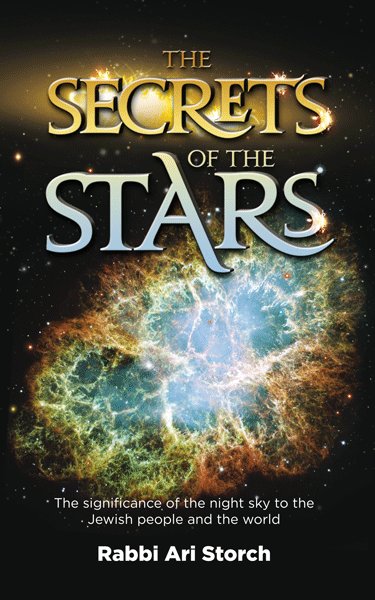The Gemara focusses on how the sun begins to lose its power on the 15 of Av. (Bava Basra 121b) Interestingly, the Rashbam mentions that the nights begin to get longer on 15 Av, and since one isn't working at night this means that he has more time to delve into Torah study. The obvious question that one should ask is that the solstice occurs in Tammuz (hence the name Tekufas Tammuz) and it is on that day (usually June 21) that the nights start to get shorter. That is why Shakespeare called it a Midsummer Night's Dream since "midsummer" used to refer to the solstice and it is a short night with quick dreams (although now we call that the first day of summer). This is now 44 days after this point that the days have been getting noticeably shorter, what could the Rashbam mean?
Perhaps the answer lies in how the nights gets longer. In the beginning of summer when the solstice occurs, it is true that the nights get longer, but they begin their growth by first having a later daybreak time. If one looks at a zmanim chart he will see that in the beginning of summer nightfall stays relatively the same, it is daybreak that gets later and later. It is around 15 Av that nightfall begins to get earlier, as well.
Maybe the Rashbam is not assuming that the individual is going to rise from bed earlier than daybreak, rather, he assumes that the person will end his day in the fields at nightfall. If the person goes to sleep at the same time every night then he will have more time for learning once nightfall gets earlier. Thus, one of the defining features of 15 Av is that Torah study becomes easier without even having ot put in much extra effort. It is displaying a bracha how Hashem tries to make it easy, at times, for us to benefit from His holy Torah study.
Subscribe to:
Post Comments (Atom)


3 comments:
This is problematic. It is only with modern clocks that we can tell the difference between sunrise getting later and sunset getting earlier. Historically only the length of the day was noticeable.
While technically the day begins to get shorter just after the solstice, the difference in day length is very little for the first few weeks. Only after a while does the day get shorter by enough to make much practial difference. Maybe this is what the Gemara means. After all, pinpointing a solar event using a lunar date can only be an approximation anyway.
I am a little confused as to why this was not perceptible then. Although the modern clock might not have become prevalent until the 16th century, water clocks have been around as far back as we know. They were used for astronomical observations in extremely ancient times and Hipparchus and Ptolemy made time sensitive observations that covered the entire year. In fact the Greeks and Romans used extremely sophisticated gearwork to make these clocks pretty accurate Why were these differences overlooked.
Also, we are not talking of a couple weeks difference, we are talking about 44 days and the mid-point of the season. Regarding the lunar calendar not being precise in calculating solar dates, that is not problematic. It is quite obvious from all discussions about mazalos that when Chazal give exact dates for solar events using lunar months that they are clearly using the average lunar month which is consistant with the solar year (because Beis Din and/or the 19 year cycle keeps it relatively in line). Some examples of this are Rashi's explanation to Rosh Hashana 10b, Bava Metziah 106b (and Tosefos), Shabbos 65a and Niddah 67a. There are numerous other examples, as well.
Post a Comment